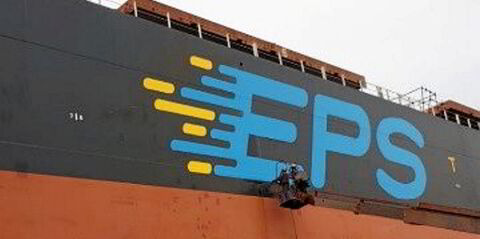The continued erosion of premium income is worrying marine underwriters despite the fact the level of hull casualties remained stable last year.
The incidence of major casualties changed little during 2017, according to information unveiled at last week's International Union of Marine Insurance (IUMI) gathering in Hamburg, Germany.
Against a background of shrinking premiums, paying for smaller attritional claims is becoming a concern.
Total losses as a percentage of the world's fleet remained unchanged at about 0.13% by vessel numbers and 0.05% by tonnage.
These figures are half the level of 20 years ago but IUMI ocean hull committee chairman Mark Edmondson warned there was no room for complacency.
“All hull markets acknowledge the severe volatility inherent in a typical international hull portfolio,” Edmondson said.“The global premium base has been eroding year on year as a result of reduced asset values, reduced activity in some sectors and reduced premium rates.”
Edmondson, the head of marine at Chubb Global Markets, acknowledged the improved safety climate but warned that scale and complexity are becoming more prominent features of the risks insurers are being asked to write.
This year is due to witness a significant expansion of the ultra large containership fleet, with 53 vessels of more than 13,500 teu in capacity due for delivery.
Edmondson highlighted the recent fire on the 15,262-teu Maersk Honam (built 2017), noting that it appeared to have been a near-miss in terms of becoming a major casualty for protection and indemnity clubs and hull and cargo underwriters.
“Although the financial impact of major casualties was modest recently, increasing values of single risks bear the potential risk of new record losses — and attritional losses are a growing concern,” he said.
While the total loss trend for most types of vessels was down, the number of general cargoships that became total losses in 2017 spiked to 53 — an increase of 10 on the previous year.
The record in terms of tonnage lost was improved for most vessel types in 2017, although there was a rise for bulkers and tankers.
Overall, 77 vessels were reported as total losses in 2017, with the number unchanged from the previous year.
There were 803 serious losses, down from 860 the previous year, but this is defined by the type of incident — such as a sinking, grounding or structural damage, rather than the financial impact.
Weather damage remains the main cause of total losses, followed by groundings and then fires or explosions.
In reports on the various specialities, conference presenters said the marine cargo insurance market is improving and stabilising, but remains highly competitive with an abundance of capacity.
A 25% increase in oil prices has started to positively impact on the offshore energy insurance market but there is concern about claims rising as stacked rigs are reactivated.



